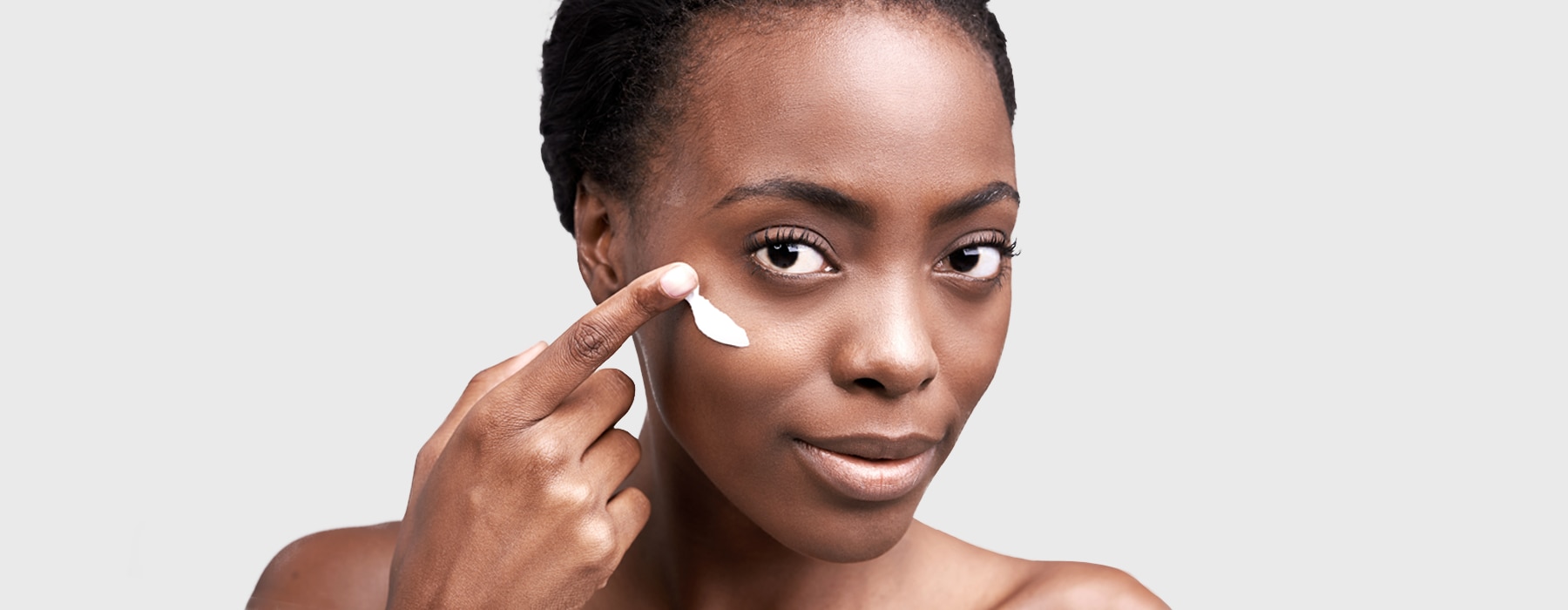common skin mistakes that need to stop
Dr. Peachy Paz-Lao weighs in on what we're doing wrong.
In Beautiful Habits
Dr. Peachy Paz-Lao
Chair, Department of Dermatology, Makati Medical Center
Manila, Philippines

Dr. Peachy Paz-Lao has more than 20 years of experience in dermatology. Besides her role as Chair of the Department of Dermatology at the Makati Medical Center in Manila, she also sits on the Philippines Board of Dermatology. She has all the experience to tell us more about common skin sins.
1. Using the same moisturizer all year round
Dr. Peachy Paz-Lao: Living in the tropics, like in Asia, is completely different from those living in temperate climates. The moisturizer should match the weather or season. For those in temperate climates, the summer is short and the rest of the seasons are mostly cold, and therefore require richer cream or lotion moisturizers, since deep moisture is needed. For Asia, the weather is mostly hot, and even for the “cooler” months, we have our natural moisturizer — sweat. Therefore, gels and emulsions are better for the hot months, and lotions for cooler months.
2. Delaying the use of anti-aging products
Dr. Peachy: Climate change, changing lifestyles, pollution, smoke, diet, stress... these affect everyone’s skin, which in turn affect the onset of the aging process. The earlier you protect your skin, the better. Skincare should be about prevention, not just cure.
3. Forgetting to care for your neck
Dr. Peachy: Personal experience has shown me that the skin of the neck is more sensitive than the skin of the face. The advantage of the neck is that it gets some protection from harmful rays of the sun — from the chin. However, just like facial skin, it ages. Forgetting to moisturize it makes the neck look older compared to the face — the neck gives away the biological age of the patient. To succeed in maintaining a youthful appearance, include the neck in your beauty routine.
4. Not visiting a dermatologist — at all
Dr. Peachy: The most important lesson for everyone in medicine is “prevention”. Dermatologists can see what patients do not. Seeing a dermatologist early creates a baseline for each patient allowing the dermatologist to see changes from the baseline — early enough to prevent or improve any skin issues or disease. Dermatological conditions arise at any age, so the earlier one sees a dermatologist and gets a baseline evaluation of the total skin, the better.





